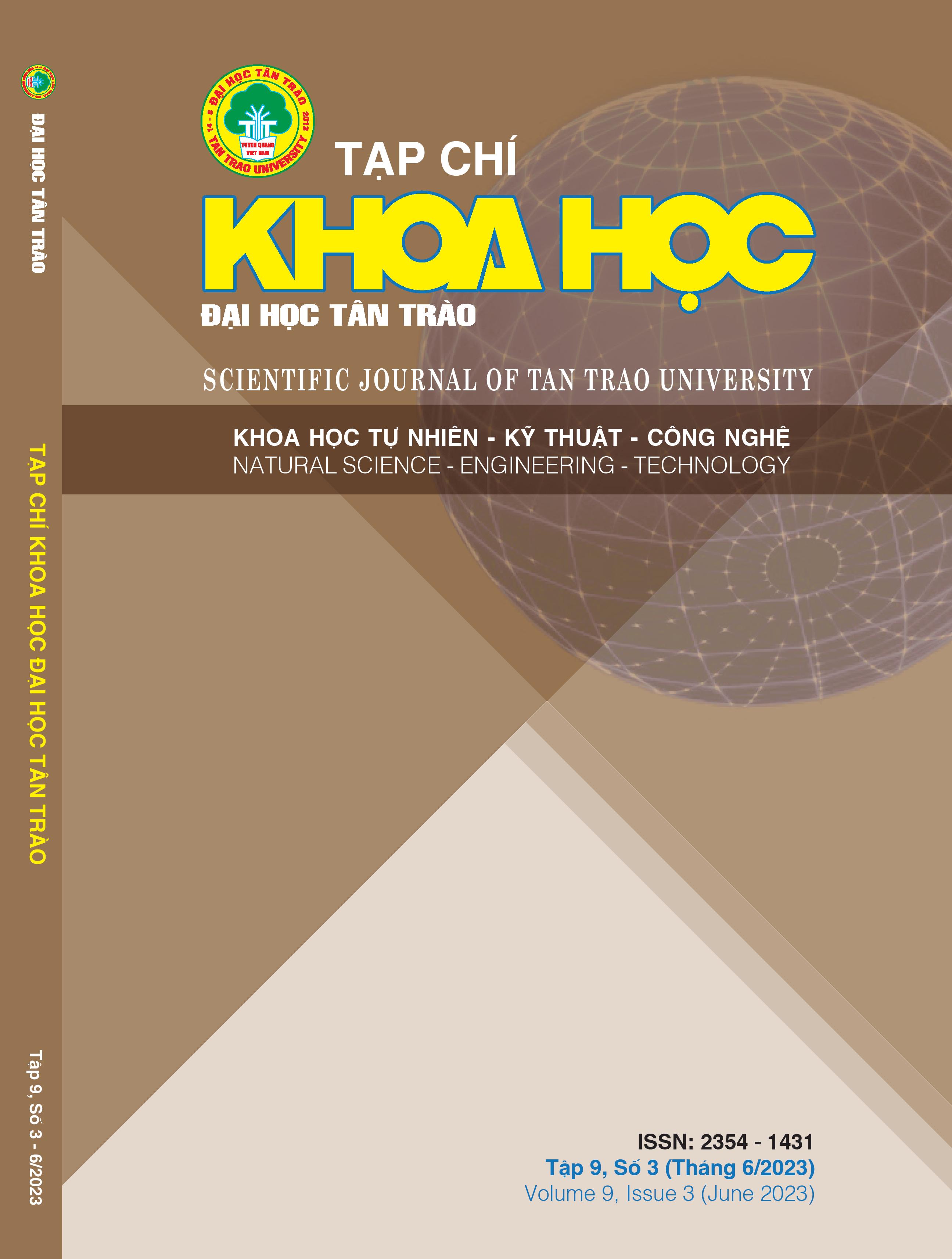APPLYING BLENDED LEARNING MODEL AT THE FACULTY OF ENGINEERING AND TECHNOLOGY - HUNG VUONG UNIVERSITY IN CURRENT DIGITAL TRANSFORMATION CONTEXT
DOI:
https://doi.org/10.51453/2354-1431/2023/958Keywords:
Blended learning, Digital transformation, Training.Abstract
The article refers to the application of a blended learning model in the current digital transformation context at the Faculty of Engineering and Technology - Hung Vuong University. In which, the application method is presented in accordance with the conditions of the faculty - the university, analyzing and evaluating the current situation to see the effectiveness, benefits, existence, difficulties, as a basis for educators to find out improvement and adjustment plans to bring about practical effectiveness in training
Downloads
References
[1] Alvarez, S. (2005), Blended learning solutions. In B. Hoffman (Ed.), Encyclopedia of Educational Technology, Retrieved October 10, 2018.
[2] Ministry of Education and Training (2016), Circular No. 12/2016/TT-BGDDT stipulating the application of information technology in management and organization of online training.
[3] Davis, H. C., & Fill, K. (2007), Embedding blended learning in a university's teaching culture: Experiences and reflections, British Journal of Educational Technology, 38(5), 817-828.
[4] Decision No. 749/QD-TTg dated 03/6/2020 of the Prime Minister approving the "National Digital Transformation Program to 2025 with orientation to 2030".
[5] Decision No. 117/QD-TTg dated 25/01/2017 approving the Project "Strengthening the application of information technology in management and supporting teaching, learning and scientific research activities, contributing to improving high quality education and training in the period 2016-2020, with orientation to 2925"
[6] MSc. Pham Thi Thu Huyen, Applying blended learning model in university teaching in Vietnam today, Journal of Industry and Trade, No. 23, October 2021.
Downloads
Published
How to Cite
Issue
Section
License

This work is licensed under a Creative Commons Attribution-ShareAlike 4.0 International License.
All articles published in SJTTU are licensed under a Creative Commons Attribution-ShareAlike 4.0 International (CC BY-SA) license. This means anyone is free to copy, transform, or redistribute articles for any lawful purpose in any medium, provided they give appropriate attribution to the original author(s) and SJTTU, link to the license, indicate if changes were made, and redistribute any derivative work under the same license.
Copyright on articles is retained by the respective author(s), without restrictions. A non-exclusive license is granted to SJTTU to publish the article and identify itself as its original publisher, along with the commercial right to include the article in a hardcopy issue for sale to libraries and individuals.
Although the conditions of the CC BY-SA license don't apply to authors (as the copyright holder of your article, you have no restrictions on your rights), by submitting to SJTTU, authors recognize the rights of readers, and must grant any third party the right to use their article to the extent provided by the license.


